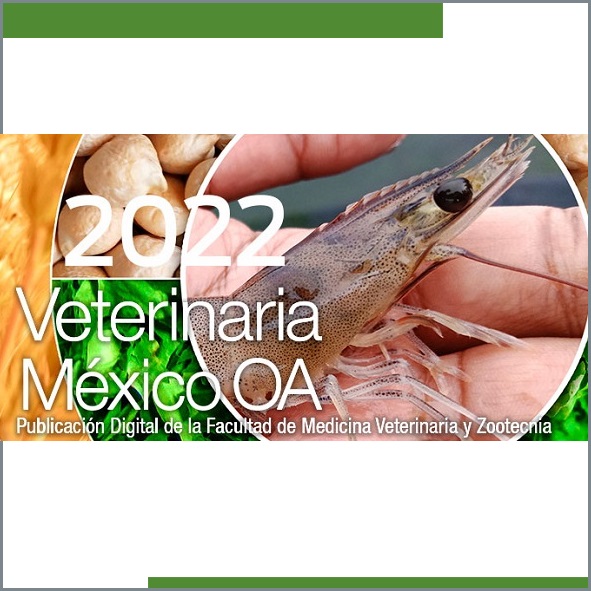Monitoring different causal patterns of bovine abortion syndrome
Main Article Content
Abstract
Bovine Abortion Syndrome (bas) has a significant impact on commercial dairies. Abortion rates vary between 2 and 20 % and there is little information regarding non-infectious factors affecting fetal stages. We analyzed the joint relationship of infectious and non-infectious factors with the probability of abortion in dairy cows. We used dairy cows from the Ñuble province of Chile (n = 148) at 42 days of pregnancy. We then took monthly blood samples until abortion or calving. We determined plasma concentrations for the following: amino transferase, albumin, cholesterol, globulin, fibrinogen, â-hydroxybutyrate, retinol, á-tocopherol, calcium, phosphorus, glutathione peroxidase, total proteins and urea. Serology was performed for infectious diseases and body conditions were recorded. Our study used a multivariable logistic regression model and proportional hazard regression. There was an (p < 0.05) association with abortion, (or = 4.27) for Neospora caninum and (hr = 94.35) for Leptospira interrogans, with a low cholesterol concentration (p < 0.05) in the fourth month of pregnancy (or = 0.61), and a decrease in body condition from month three to four (or = 0.32). bas is associated with negative energy balances, protective effects of high cholesterol plasma concentrations in the first trimester of gestation and incidences of Neospora caninum, Leptospira interrogans, and a conjunction of the two. It is important to provide epidemiological surveillance tools that help anticipate herd reproductive losses through management measures, infectious disease control and proper nutritional management.
Article Details
License

Veterinaria México OA by Facultad de Medicina Veterinaria y Zootecnia - Universidad Nacional Autónoma de México is licensed under a Creative Commons Attribution 4.0 International Licence.
Based on a work at http://www.revistas.unam.mx
- All articles in Veterinaria México OA re published under the Creative Commons Attribution 4.0 Unported (CC-BY 4.0). With this license, authors retain copyright but allow any user to share, copy, distribute, transmit, adapt and make commercial use of the work, without needing to provide additional permission as long as appropriate attribution is made to the original author or source.
- By using this license, all Veterinaria México OAarticles meet or exceed all funder and institutional requirements for being considered Open Access.
- Authors cannot use copyrighted material within their article unless that material has also been made available under a similarly liberal license.



